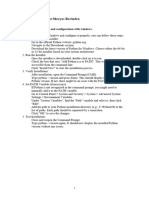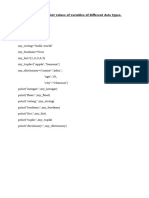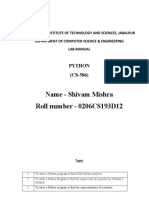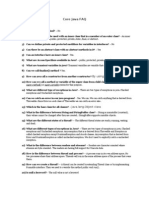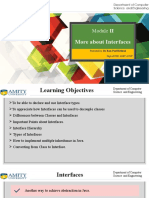0% found this document useful (0 votes)
131 views13 pagesPseudo Code To Python Translation Guide
The document provides a comprehensive guide for translating pseudocode into Python, covering basic syntax, control structures, data types, and common algorithm patterns. It includes examples of output, input, assignment, selection statements, loops, functions, and data structures like lists and dictionaries. Additionally, it highlights essential programming constructs and common algorithms such as input validation, searching, and sorting.
Uploaded by
Liane RegnardCopyright
© © All Rights Reserved
We take content rights seriously. If you suspect this is your content, claim it here.
Available Formats
Download as PDF, TXT or read online on Scribd
0% found this document useful (0 votes)
131 views13 pagesPseudo Code To Python Translation Guide
The document provides a comprehensive guide for translating pseudocode into Python, covering basic syntax, control structures, data types, and common algorithm patterns. It includes examples of output, input, assignment, selection statements, loops, functions, and data structures like lists and dictionaries. Additionally, it highlights essential programming constructs and common algorithms such as input validation, searching, and sorting.
Uploaded by
Liane RegnardCopyright
© © All Rights Reserved
We take content rights seriously. If you suspect this is your content, claim it here.
Available Formats
Download as PDF, TXT or read online on Scribd
/ 13






















